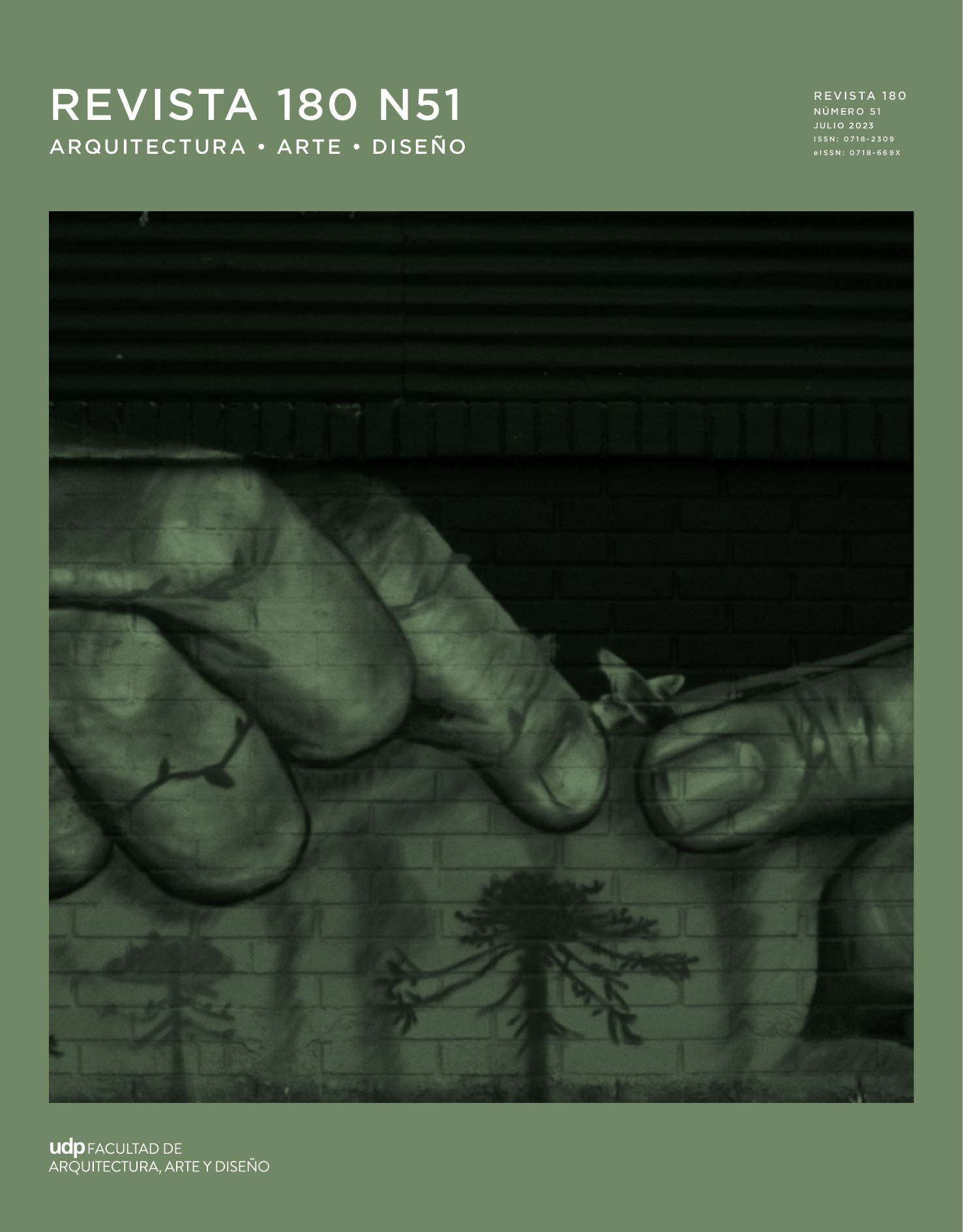HERITAGE IN DISPUTE, BEYOND VANDALISM: URBAN FALLISM, RESIGNIFICATION AND THE APPROPRIATION OF PUBLIC MONUMENTS IN THE CHILEAN CITIES AFTER THE SOCIAL OUTBREAK
Published 2023-07-31
Keywords
- Heritage Disputes,
- Public Monuments,
- Space Appropriation,
- Urban Fallism,
- Vandalization of Heritage
How to Cite
Abstract
This article examine the phenomenon of vandalization, resignification and appropiation of public monuments after the social outbreak of October 2019 in different chilean cities. Following the global and local discussions based upon the review of the urban fallism concept, we propose a caracterization of the current heritage debate in Chile that situates the public monument as a central axis of the new heritage's disputes, which are shifted from the acknowledgement of neighbourhood and comunities as
agents of territories, and towards a visibilization of public monuments with new claimed contents.
From an interpretive and cultural approach, based on a methodology that articulates press reviews, photographic and documentary material of the vandalization actions, we analyze the processes of re-signification and appropriation of public monuments, which have been highly covered in the media, throughout seven cities in the north, center and south of Chile, between October 2019 and October 2020.
The resulting analysis of these cases allows us to contend that the dynamic of the demolition of monuments in Chile raises awareness on a particular form of urban fallism based in the constatation of the established symbolism of the official heritage by historically marginalized groups in the hegemonic narration of national identity such as: aboriginal population, organized women, which rise up demands against inequality, respect of cultural diversity, and a new relationship with the environment.
The paper concludes that the current logic of resignification and anti-hegemonic appropriation of public monuments is comprised by a simultaneous process of constatation, desacralization, and a new meaning of the official heritage and its manifestation on urban space. Finally, we suggest the need to discuss the representation role of public monuments in order to enable new narratives of the past within the public space.

